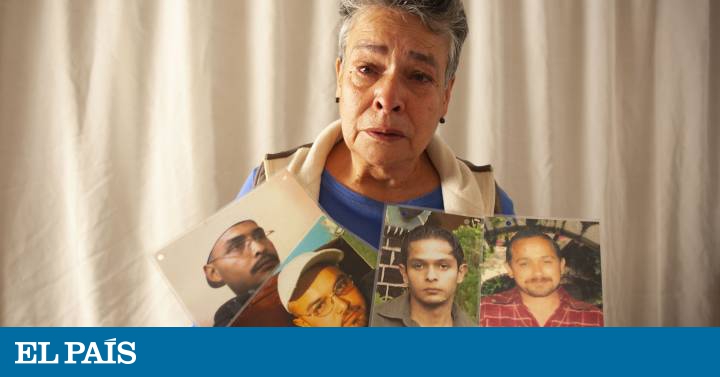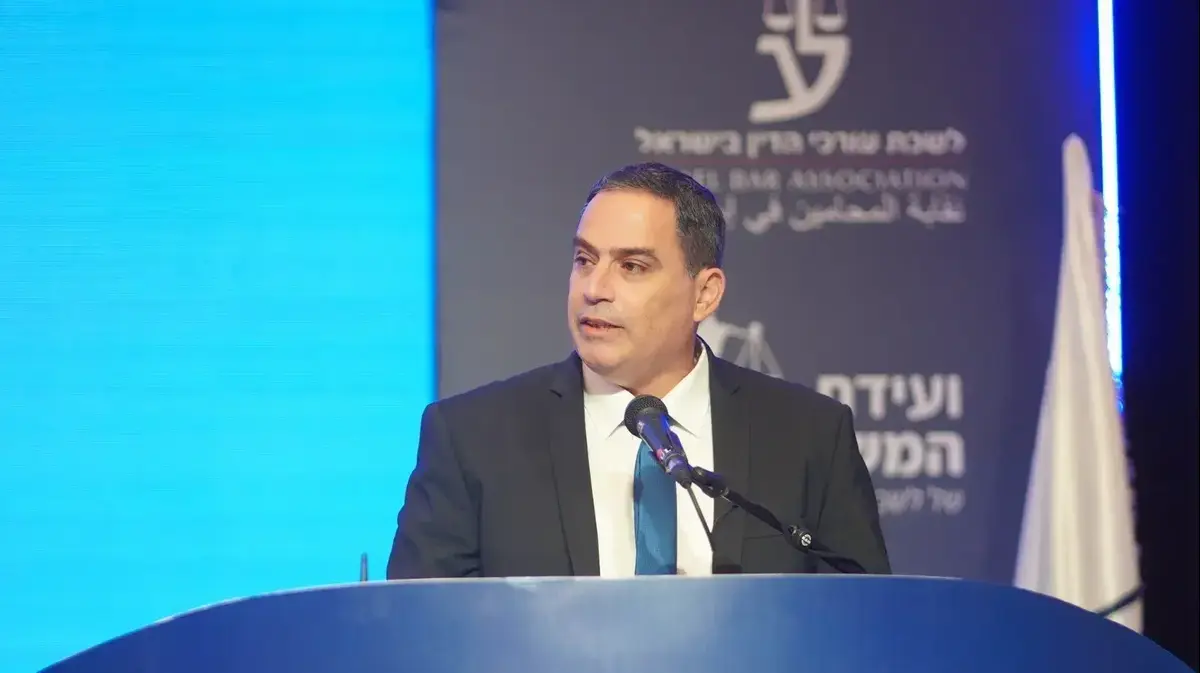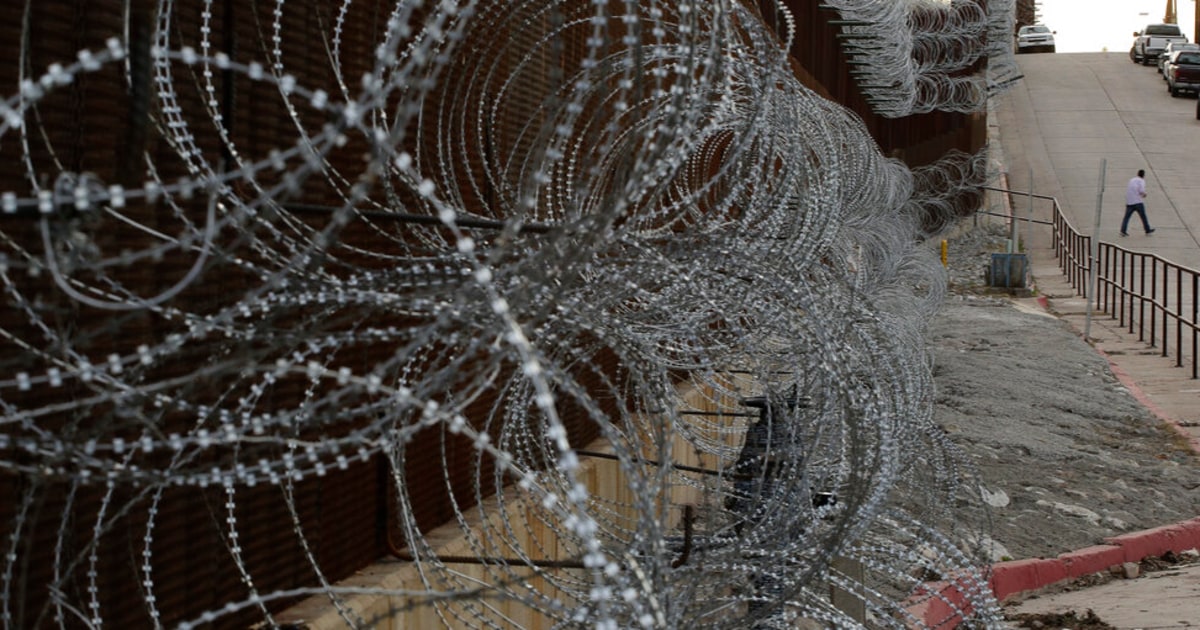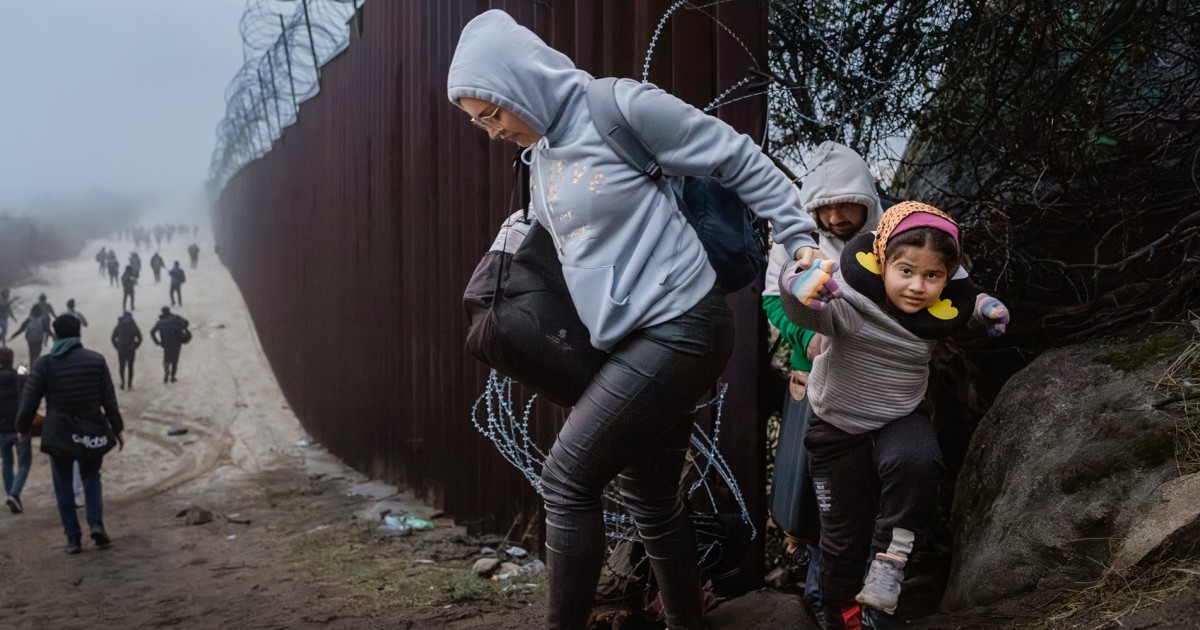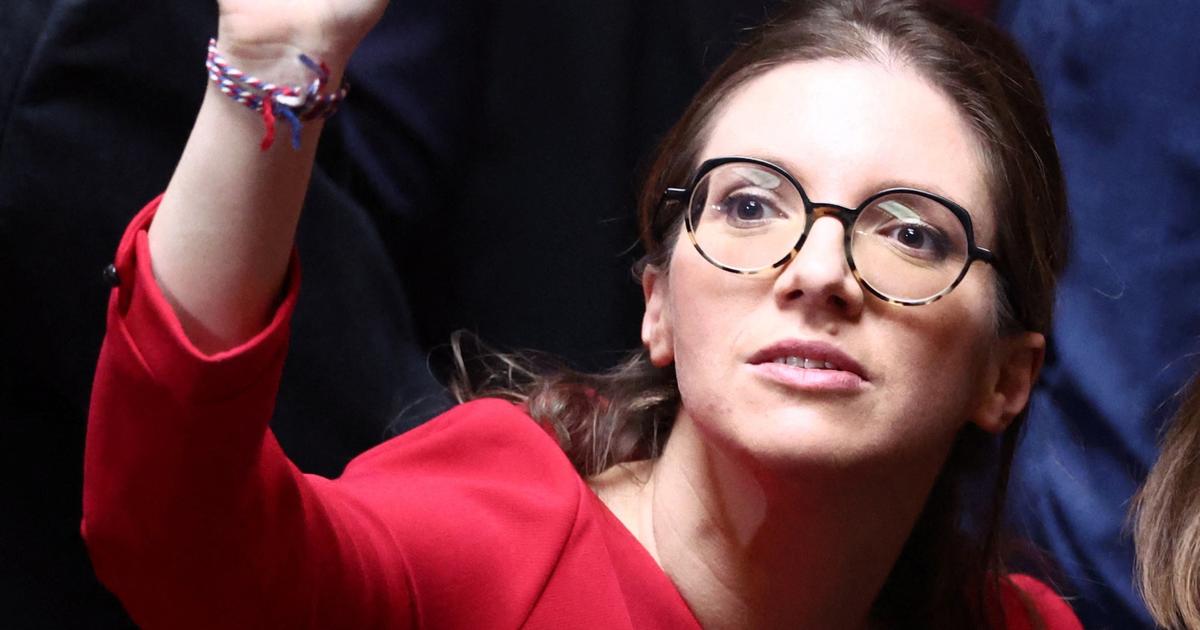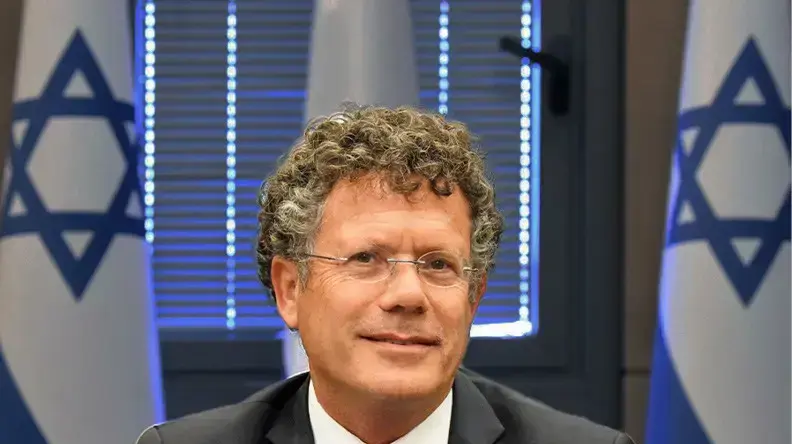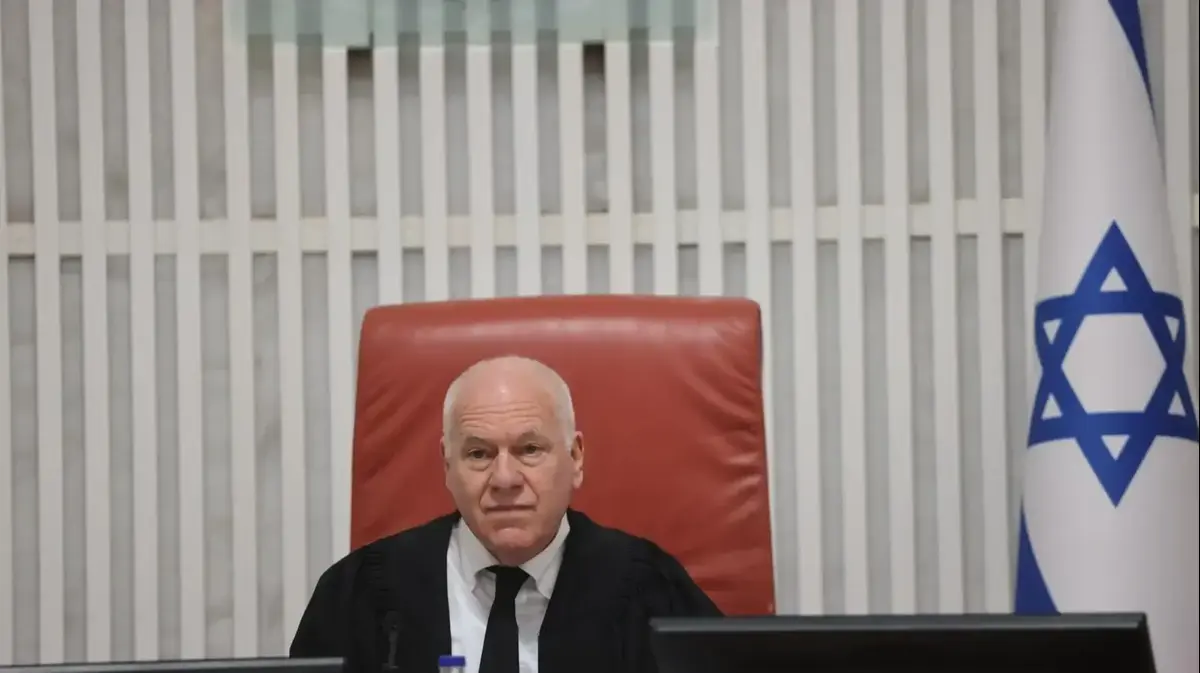Of the more than 60,000 disappeared that Mexico has, four are children of Mrs. María Herrera. The first two were taken in 2008. The other two, in 2010. In all these years, says Herrera, the authorities have not found a useful clue. For a decade, women and other victims of violence in Mexico demand the intervention of the United Nations Committee on Enforced Disappearances. They asked President Felipe Calderón, who ruled from 2006 to 2012. They repeated it to Enrique Peña Nieto, who succeeded him in office. The two refused, so Herrera sought refuge in the courts. In 2018, he promoted an amparo to force the arrival of the committee. Now a court has referred the matter to the Supreme Court of Justice of the Nation.
Herrera thinks that the participation of the United Nations would help in the cases of her children. For resources and independence. In all these years, the Mexican authorities have not given results. It is not that the search has got stuck in several dead ends. It is that for practical purposes it did not even begin. "It is very necessary that international aid enters for clarity," argues Herrera. "Since August, the president said he would allow it, we've been like this for six months now and it's not fair to be cheated that way."
Mrs. Herrera has received promises of all kinds at this time. That meeting with President Calderón is celebrated in 2011, when the president approaches him and gives him a hug, in front of dozens of victims of violence. That day, Calderón promised him that he would look for his children. But that promise became bureaucracy and the months pushed it down the stairs in the list of priorities of the Executive. With Enrique Peña Nieto, successor of Calderón, something similar happened. There was no hug, but there were promises left in nothing.
MORE INFORMATION
Veracruz seeks the bones of shame- OAS independent experts resume the 'Ayotzinapa case'
- "After counting again, the number of missing in Mexico will increase by 30%"
In the last months of the Government of Peña, Herrera's lawyers promoted an amparo before the justice, with the intention that the judiciary finally forced the Executive to recognize the United Nations committee. Herrera won the amparo, but in February last year, the Ministry of Foreign Affairs challenged the decision.
The chancery maneuver surprised the lawyers. In December, Andrés Manuel López Obrador had assumed the presidency and Marcelo Ebrard, the Ministry of Foreign Affairs. They thought that the change of government would pave the arrival of the committee, but it was not. Not even after the Government said months later, in August, that Mexico would finally accept the competence of the United Nations. Nothing for the moment. A few weeks ago, a collegiate court sent María Herrera's amparo to the highest court in the country, which must first decide whether to admit the case and then, if so, resolve it in the coming months.
When asked about it, the Ministry of Foreign Affairs has said: "The Government of Mexico actively collaborates with the inter-American organizations and the universal human rights system. The Mexican State is part of the international human rights treaties and maintains a fluid dialogue with the nine committees and a subcommittee of the various agencies of the United Nations Organization (...) Within the framework of the International Convention for the protection of all persons against enforced disappearances, of which Mexico is a party, the State He has presented various reports and has addressed the urgent actions transmitted by the Committee created by that treaty. "
Guerrero and Veracruz
The decision to go to court was relatively late, after many years of fruitless searches. "In my case, nothing has moved," says Herrera. "We are not looking for guilty people, we just want them to support us in order to rescue the remains of our children. We have been patient and we hope the government takes the baton. Because without justice there is no truth. We know that there are people who know, but do not want to speak because of fear".
Originally from Michoacán, the Trujillo Herrera family is dedicated to the sale of gold, silver and copper. In August 2008, three of the brothers traveled to Oaxaca for work. On the way back they passed through Atoyac, in Guerrero. One of the brothers, Raul, 19, had a girlfriend there. The family's investigations later revealed that several armed groups were fighting that day in the area. The Trujillo Herrera brothers were involved in the battle. The family does not understand very well what happened or why. Raúl and Salvador, 24, disappeared, like five other people, coworkers. They have not appeared again.
Two years later, in September and 2010, two other brothers, Gustavo, 28 and Luis Armando, 25, traveled to Veracruz, also for work. At the height of Vega de Alatorre, between the Port of Veracruz and Papantla, they stopped at a military checkpoint. Gustavo called his wife to tell him that they had been stopped at the checkpoint. He never heard from them again.
In 2011, María Herrera joined the Movement for Peace, by the poet Javier Sicilia. There he met Sicily himself. His son had appeared dead in March of that year with six other people. And he met relatives of more victims of violence, for example, Julián Lebarón, whose brother had been killed in Chihuahua. So many years later, Lebarón raised his voice again in November, after the killing of six children and three women in a community near him, this time in Sonora.
The Peace Movement allowed Herrera to see that violence was no exception, but that it was affecting many people. In 2012, he created a network to integrate the various groups of relatives of the disappeared in Mexico. And now every year everyone gathers at one point in the country to do searches. Right now, Maria and her companions are immersed in this year's search. It is in Papantla, Veracruz. "We think that my children are here," he says, referring to those who disappeared nearby, in 2010. "They have assured me that in 2010 there was a specific place where they threw the bodies, a site called La Gallera. We did two searches there last year, for these dates too. "

